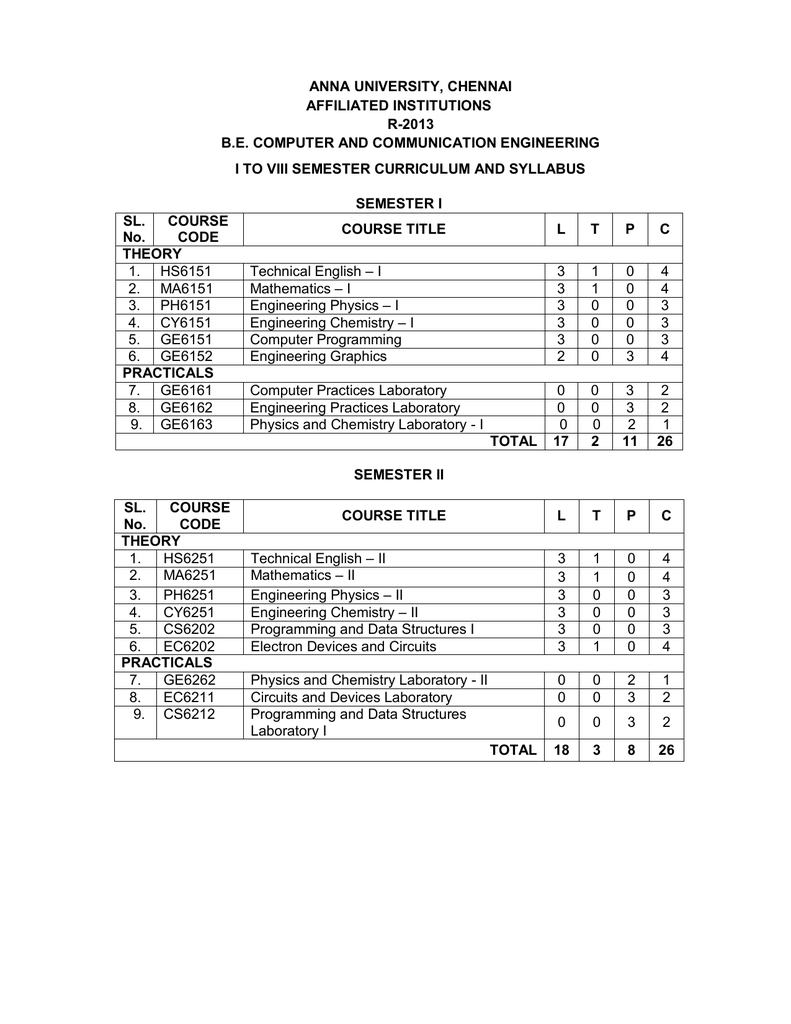Shindaiwa T25 Manual
Q Shindaiwa Inc. 1994 1 Service Manual Shindaiwa Grass Trimmers, Brushcutters and Lawn Edgers Contents Section page 1 Model Designation and Identification. 2 2 Troubleshooting. Shindaiwa echo trimmer head un10 housing high profile manual SRM 2 Line. Manual feed trimmer head seen on many shindaiwa trimmers like the T25, C25,. Shindaiwa T25 and C25 Illustrated Parts Diagrams available online. Free tech support. 365 day returns. Worldwide shipping.
What Chainsaw is Right for You? There are three general categories of chainsaw that include the Trimming Saw, the Ground Saw and the Multi-purpose Saw. Within each category, a brand may have homeowner, mid-duty and commercial versions. Trimming Saws are compact and light. Homeowner versions are less expensive and designed for occasional use trimming branches while your feet are on the ground. Commercial versions are more expensive, more powerful and designed for 8-hour/day usage while climbing in a tree-top.
Shindaiwa T25 Parts
Ground Saws are the big, heavy, high-powered saws designed for felling large trees and cutting-up the trunks. Multi-purpose Saws are capable of felling many trees while still light enough to swing around to take the branches off the tree while it is on the ground. Neither the Ground Saw nor the Multi-purpose Saw belong in the standing tree-top.
Shindaiwa T25 Carburetor
Choose between homeowner, mid-duty and commercial by how often and how hard you will use the saw. If you and your wife will use it in the backyard 2-3 times a year for maintenance, get a homeowner grade. If you are putting it in the truck for your survey crew to use daily for light clearing consider a mid-duty and if you have 10-acres of forest to clear using a crew, get a commercial grade saw. Finally, select the bar/chain combination for the size of trees/branches you will be cutting.
Off-Season Storage There are a number of issues that affect storage of power equipment. Gasoline breaks down and leaves a varnish-like coating inside fuel tanks, fuel lines, carburetor circuits and makes rubber and plastic parts brittle. Additionally, tires flatten and dry-rot, and unprotected metal surfaces rust. To avoid damage and expensive repairs you may perform a Spring Service before you store. This may include the following (based on type of equipment): Change your oil and oil filter (on models with internal oiling and oil filter). Inspect fuel filter and replace if necessary. Inspect air filter for dirt accumulation and clean or replace.
Inspect spark plugs and replace if fouled. Sharpen blades/chains or replace if damaged. (mowers and chainsaws) Drain fuel from fuel tank and run engine until it runs out of fuel. (alternatively you can dose fuel with a fuel stabilizer) Grease all bearings and mechanisms requiring grease Inspect wear items such as belts, starter cords, tires and cables and replace if damaged or badly worn. Lift equipment and set on blocks to avoid flattening and cracking tires.
Cover equipment to protect from sun and weather Check these items off your 'Honey-Do' list and you should have no frustrations next Season when the equipment is needed again!
